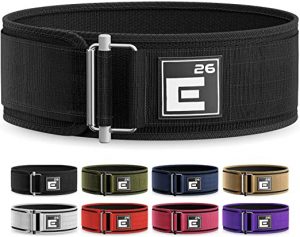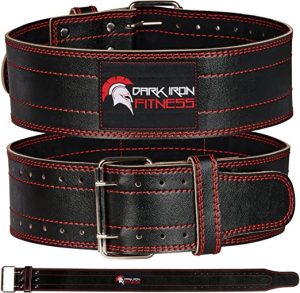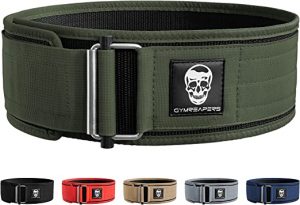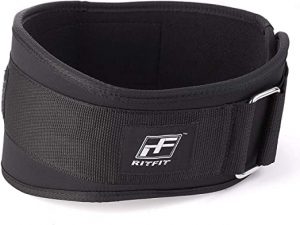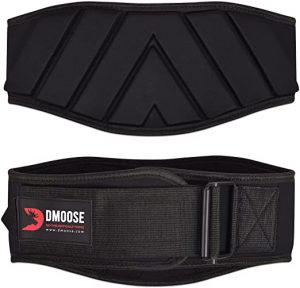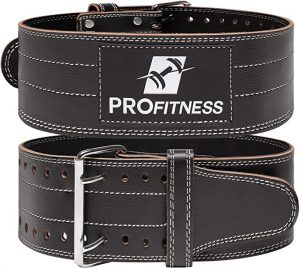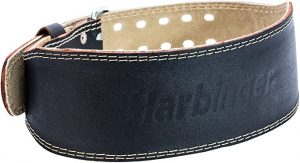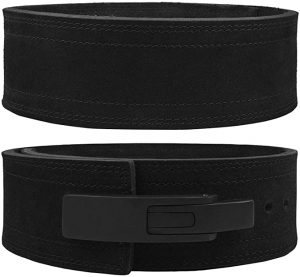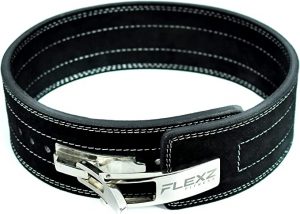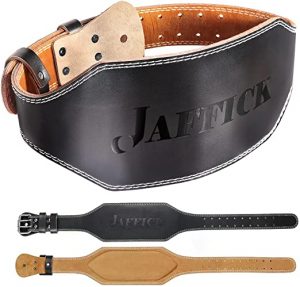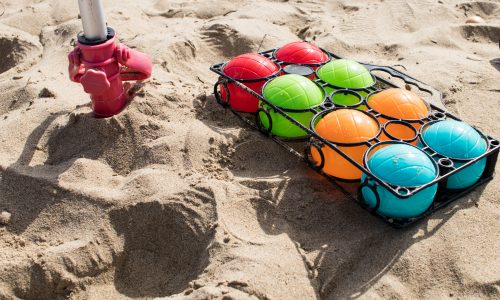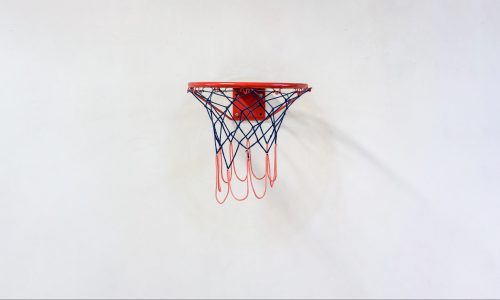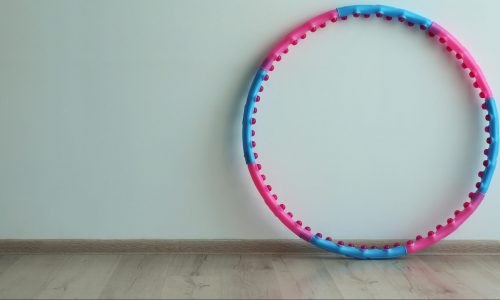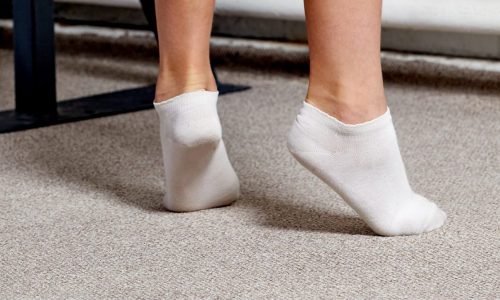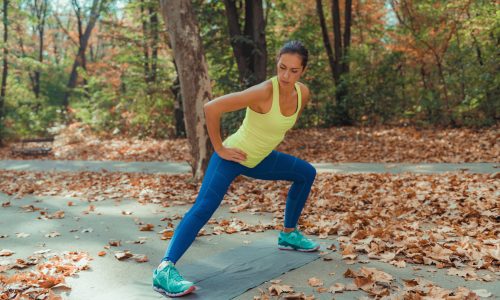The Best Lifting Belts
We looked at the top 10 Lifting Belts and dug through the reviews from 33 of the most popular review sites including and more. The result is a ranking of the best Lifting Belts.
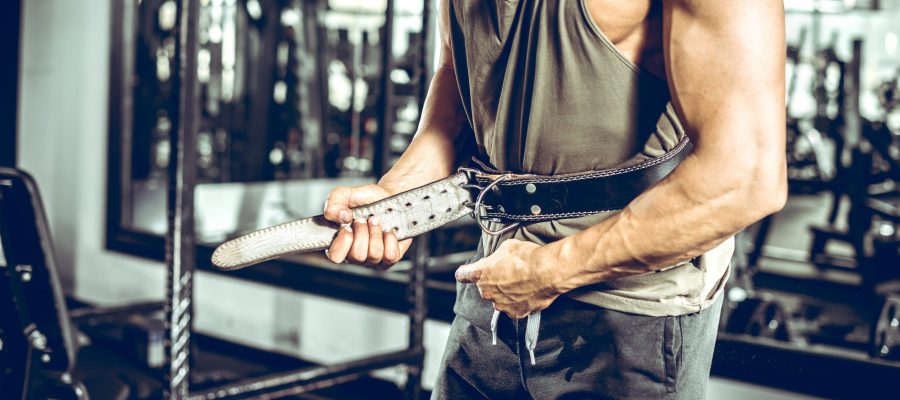
Our Review Process
Don't Waste Your Money is focused on helping you make the best purchasing decision. Our team of experts spends hundreds of hours analyzing, testing, and researching products so you don't have to. Learn more.
Our Picks For The Top Lifting Belts
- 1. Element 26 Self-Locking Premium Weight Lifting Belt
- 2. Dark Iron Fitness Leather Weight Lifting Belt
- 3. Gymreapers Quick-Locking Olympic Lifting Belt
- 4. DMoose Fitness Padded Weight Lifting Belt
- 5. RitFit Self-Locking Buckle Weight Lifting Belt
- 6. ProFitness Leather Lifting Belt
- 7. Harbinger Contoured Leather Padded Lifting Belt
- 8. Hawk Sports Lever Leather Power Lifting Belt
- 9. Flexz Fitness Lever-Buckle Leather Weight Lifting Belt
- 10. Jaffick Heavy-Duty Leather Lifting Belt
This nylon lifting belt boasts a wear-resistant self-locking mechanism that prevents it from slipping open. It has a 4-inch width to create even, intra-abdominal pressure. It's competition-approved and comes in a variety of colors.
Beat Your Personal RecordElement 26’s secure nylon lifting belt is functional and built to last.
This 100% leather gym belt has a high-quality, old-school look.The 4-inch belt features thick, soft, double-stitched buffalo-hide leather and has a double-pronged buckle. It's built for stability and strength but is also as comfortable as can be.
Old-School Look and FeelThis strong, comfortable belt can help you lift or squat up to 600 pounds.
Gymreapers' nylon lifting belt improves core stability and has been tested in competitions to ensure performance. Its quick-release, unlocking buckle makes sure that your belt will stay put. It also has reinforced stitching and comes in five colors.
Provides Strength and StabilityGymreapers' lifting belt has been tested in competition to ensure performance.
This lightweight and breathable lifting belt is ergonomically designed to support your back and abdominal muscles during strength training or lifting. Made from ethylene vinyl acetate, it's easy to wear and comfortable. Several designs are available.
Ergonomic Design Feels GreatA waterproof foam core and durable materials make this belt a good choice.
Buying Guide
Lifting belts are generally used by people performing weight lifting activities such as powerlifting, squats or deadlifting. These specialized belts are designed to stabilize and support your core, protecting you from injury. Injuries from weightlifting can encompass everything from muscle strains and tendonitis in the hip to spinal problems, so a belt can be helpful if you want to lift more without hurting yourself. But finding the right lifting belt can feel overwhelming. You may not know where to start with so many different options for sizing and colors.
The sport of weightlifting is practiced by people all over the world. Both men and women compete in this sport, generally against members of their own gender and weight class. Because of this, belts may fit each body type differently. When looking for a lifting belt, consider the length of your torso. If you have a longer torso, a 6-inch belt may work better than a 4-inch belt. Also, consider how often you’ll use this belt; they undergo stress during use, especially the closure.
The material from which your belt is made is also an essential factor to consider. Lifting belts can be leather, nylon, neoprene or a blend, all of which offer different levels of breathability. If you’re looking for something rigid and durable, leather is a good option. If you’re looking for something more lightweight, another material might be best. Keep in mind that most lifting belts should be hand-washed rather than machine-washed to keep them in the best shape.
Why we recommend these lifting belts?
Products Considered
Products Analyzed
Expert Reviews Included
User Opinions Analyzed
Our experts reviewed the top 10 Lifting Belts and also dug through the reviews from 33 of the most popular review sites including and more. The result is a ranking of the best of the best Lifting Belts.
DWYM is your trusted roduct review source. Our team reviews thousands of product reviews from the trusted top experts and combines them into one easy-to-understand score. Learn more.
The Best Bang For Your Buck
RitFit Self-Locking Buckle Weight Lifting Belt
Key Takeawy
This lightweight and breathable lifting belt is ergonomically designed to support your back and abdominal muscles during strength training or lifting. Made from ethylene vinyl acetate, it's easy to wear and comfortable. Several designs are available.
What other experts liked
What other experts didn't like
What to Look For
- Make sure you wear your belt as tight as you can without it restricting your breathing.
- Find the right belt height for your body; you may have to experiment. Wear it at rib level or nearer to your pelvis to find what feels best, and make sure it lies above your navel and is even across your abdomen and back. Adjust as needed.
- You don’t need to wear a belt throughout your workout, especially if you’re doing repetitive exercises, curls and bench presses or using machines — these activities do not put a load on your spine. Squats and deadlifts, however, are another story.
- Try only using a lifting belt on heavier sets and leaving it off for lighter sets, or keeping it off during most of your warmup.
- Before you don a belt, make sure your form is perfect — otherwise, you can risk injury. Belts can be a great tool for intermediate to advanced athletes, but many experts do not recommend them to beginners who haven’t yet strengthened their cores properly. The belt is not designed to be used as a crutch.
- Do not use a belt if you have a hernia or high blood pressure. Do not use it to mask an injury.
More to Explore
Powerlifting, which combines three different lifts (squats, deadlifting and bench press), is not an Olympic sport, but weight lifting has been in the Olympics for over 100 years. The first modern Olympic games in 1896 saw weight lifting take the stage as part of the track and field events. It appeared there again in 1904 but didn’t return after that until 1920. At that time it had its own category, complete with weight classes.
In first two Olympics in which weightlifting appeared, the weightlifting competition consisted of one and two-handed lifts utilizing dumbbells and fixed barbells, and included a style component. When it returned in 1920, more recognizable lifts were incorporated. And In 1928, the Olympic committee standardized the competition format. At that time, it included the snatch, the clean and jerk and a no-longer-used lift called the clean and press. Following these alterations proved a success, only changes to weight classes we made until the 1970s.
That later decade saw a change in the weightlifting competition. The Olympics committee removed the clean and press from the format due to controversy surrounding the difficulty of judging, the dangerous form being used to bring the bar overhead, and the fact that the move was evolving into something that required more lumbar strength than shoulder strength.
Weight classes have been changed several times since then, expanding the range of competition. Weightlifting as an Olympic sport experienced a golden age in the ’70s and ’80s, too, with records broken and stars rising regularly. However, women were not allowed to compete or offered their own class until 2000. The Sydney games hosted the brand new women’s class competition that year; 85 women from 47 countries participated and broke 17 senior world records.
When the women entered Olympic competition, men had eight weight classes and women could compete in seven. For the 2020 Olympics, there were 10 weight classes for women and 10 for men. Clearly, the sport of weightlifting has evolved over the years and will continue to grow while keeping its loyal fan base.

